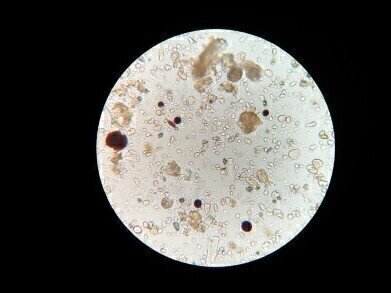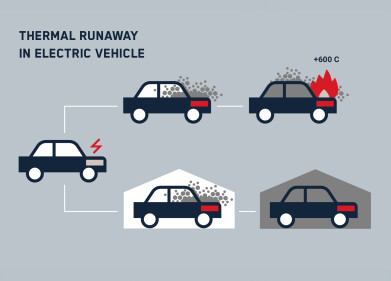Health & Safety
How Is Mercury Detected?
Mar 27 2022
A naturally occurring element, mercury is also released into the atmosphere via a variety of anthropogenic means, including fossil fuel combustion, precious metal mining and other industrial processes. Because mercury is a toxic substance that is harmful to human health and the wider ecological infrastructure, there are mercury monitoring requirements around the globe.
However, the exact methods of detection vary depending on the type of mercury being assessed and the medium in which it is found. For example, there are different analytical techniques for quantifying levels of mercury in the human body as there are for identifying its concentrations in soil, air and water. The following article gives a brief rundown of each of those below.
Detecting mercury in the human body
If a person is exposed to excessive levels of mercury (or low levels over a prolonged period of time), they may develop symptoms of mercury poisoning. If these begin to occur, it falls to a physician to perform tests to ascertain how much mercury they have accumulated in their body. Short-term exposures can be identified by a blood or urine test, with the former favoured for methylmercury poisoning (that which occurs as a result of consuming contaminated fish or seafood). Hair samples can give information about longer-term exposures.
Detecting mercury in soil
Mercury can contaminate soil samples if it is allowed to leach into the environment, or else becomes airborne and falls back to the Earth in the form of precipitation. Since it has a lengthy half-life, mercury can bioaccumulate in soil and vegetation over time, thus compromising the healthiness of the plants and the ability of future crops or wildlife to grow in the future. Acid digest and lab leachate samples are common forms of detection for assessing levels of mercury, speciated mercury and low-level mercury in soil samples.
Detecting mercury in water
Just as mercury can fall from the air onto the soil, so too can it contaminate lakes, streams and other waterways. Eventually, it will be washed out to sea, where marine organisms can consume it and convert it into other, form toxic forms of the substance, such as methylmercury. It can even pollute drinking water supplies on rare occasions. As such, water samples can be obtained from surface, ground, landfill, lab leachate and trade effluent sources, then assessed in the lab for their mercury and speciated mercury content.
Detecting mercury in air
Around half of the mercury in our atmosphere is emitted through natural sources, such as volcanoes. However, the other half is generated via manmade means, such as fossil fuel plants, mining sites and waste incinerators. As such, having robust monitoring methods in place at each of these locations is imperative for ensuring that concentrations remain safe. Using filters to collect particulate samples, or else deploying sorbent tubes to sample vapour effluents, are two of the principal methods of detecting airborne mercury.
This article provides a brief introduction into the ways in which mercury can be detected in our environment. For a more comprehensive delve into the topic, we recommend attending the upcoming International Conference on Mercury as a Global Contaminant (ICMGP). Set to take place virtually this July, the event is accessible to all interested parties online.
Digital Edition
AET 28.2 April/May 2024
May 2024
Business News - Teledyne Marine expands with the acquisition of Valeport - Signal partners with gas analysis experts in Korea Air Monitoring - Continuous Fine Particulate Emission Monitor...
View all digital editions
Events
Jul 30 2024 Jakarta, Indonesia
China Energy Summit & Exhibition
Jul 31 2024 Beijing, China
2024 Beijing International Coal & Mining Exhibition
Aug 07 2024 Beijing, China
IWA World Water Congress & Exhibition
Aug 11 2024 Toronto, Canada
Aug 25 2024 Stockholm, Sweden and online









.jpg)








